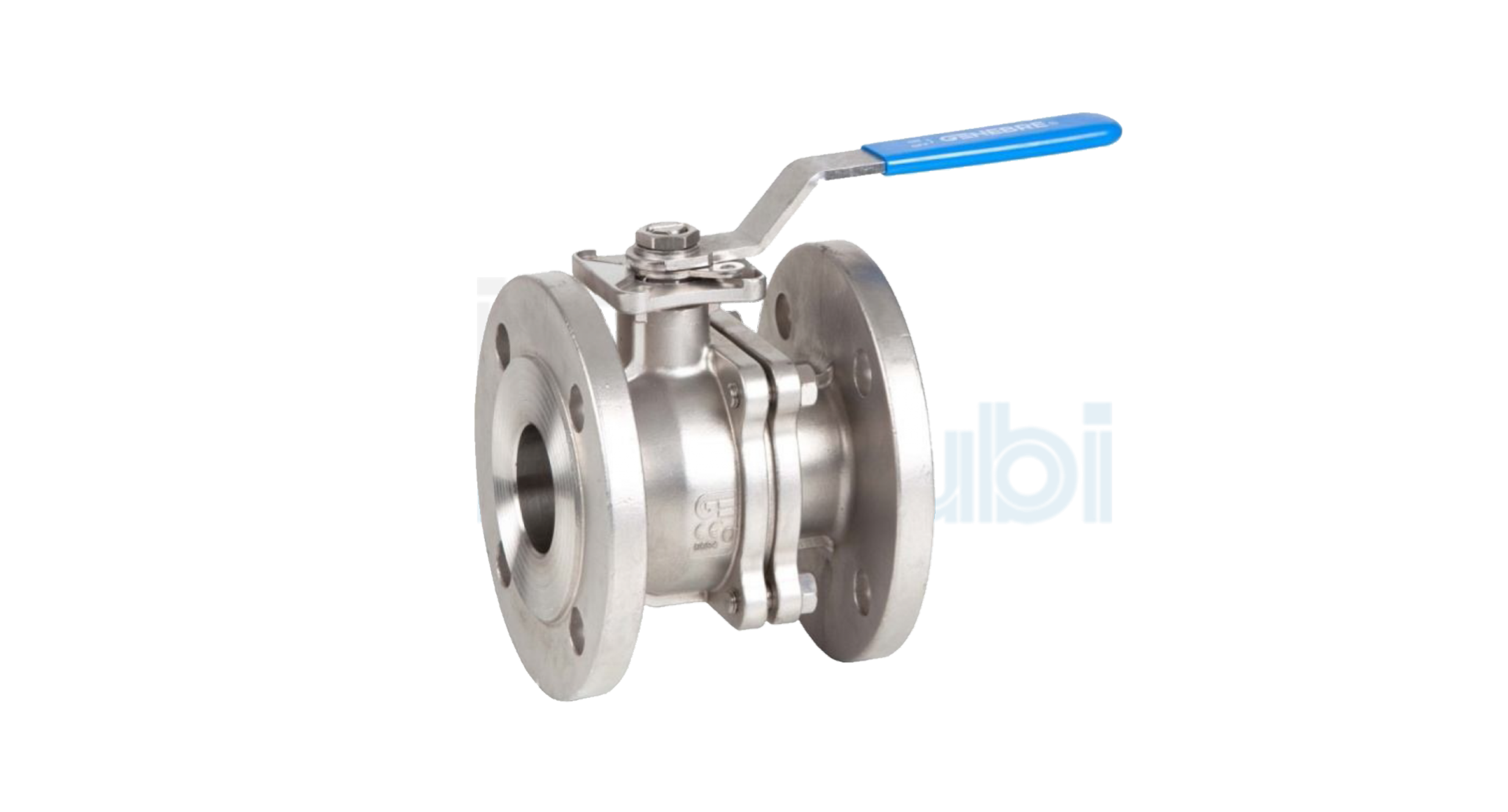Ball valves are one of the most common types of valves for interception of the flow. The mechanism underlying this device is the movement of a shutter having a cylindrical cavity coaxial with the tube to which the valve is connected. In particular, the valve allows:
- The passage: when the cavity is completely coaxial and the passage of the fluid is free from any type of obstruction;
- Total block: the shutter moves 90 ° completely blocking the passage of the fluid;
- The reduction: the shutter rotates at an angle of less than 90 °, only partially blocking the flow. This position, however, can lead to some problems that over time can lead to the malfunction of the system or the ball valve.
Other problems that may arise during operation are the pressure drops, if the diameter of the cavity present on the sphere is less than that of the tube, and the accumulation of fluid in the area of the seals which can cause important corrosive phenomena, especially with the passage of time.
The manufacturing material is usually stainless steel which guarantees excellent mechanical properties combined with high corrosion resistance, an aspect of primary importance for these types of components. In any case, it is not uncommon to find valves also made of carbon steel, especially in non-aggressive environments, and in technopolymers or polymers with high wear resistance, such as PTFE.
The models in the Intertubi catalog
Within the Intertubi catalog there are various types of
stainless steel ball valves that differ in shape, number of pieces and the number of outlets. In particular, the macro-categories into which they are divided are:
1. Two-piece ball valves: the body and the shutter adjustable by means of a handle;
2. Three-piece ball valves: it also has a flange for direct attachment of the actuator;
3. Three-way valves type L and T: the name derives from the positions of the ports on the main body of the valve;
4. Ball valves with flanged ends: the connection with the pipe is not made by threading the ends but through the use of flanges;
5. Wafer type ball valves: or flat body valves, ideal for systems with limited space for their placement.
Furthermore, the constitutive and operating characteristics are specified for each type of valve, with particular emphasis on the pressure-temperature curves and the hourly fluid flow rate. These data, together with the advice provided, allow the customer to make conscious choices about the type of stainless steel ball valve to be used in a specific application, allowing to improve the performance of the system and extend its life, avoiding failures and recurring malfunctions.
